TWO PLEASING ENSEMBLES
By M.L. RANTALA
Classical Music Critic
http://hpherald.com/2016/03/23/two-pleasing-ensembles/
Last Friday the Bach and Beethoven Ensemble presented an interesting program of music for countertenor and violin. The performance took place at the unlikely hour of 11 a.m. in a Lakeview residential building, but had all the musical drama and sophistication of a glitzy Friday night event.
The highlights of the event were song cycles by Gustav Holst and Ralph Vaughn Williams. The latter discovered the lure of folk songs while a student at the Royal College of Music in London. This is where he met Holst and the two began a life-long friendship that continued until Holst died in 1934. (Although Vaughn Williams was two years older than Holst, he outlived him by nearly a quarter century.)
Holst wrote Four Songs for Voice and Violin in 1917 in which he set medieval religious texts to music inspired by folk songs. This song cycle is particularly noteworthy for its unusual combination of violin and voice. It’s also interesting because the score contains no time or key signatures, and the music makes generous use of modes, such as Dorian or Phrygian, almost entirely ignored by the English musical establishment of the time, as well as ranging freely from various modes to major and minor keys.
Aláan and Berry displayed deft ensemble playing, working together seamlessly. Holst’s music, which treats the two parts as equal partners, was rendered skillfully and had the quality of true duets. The pair realized a splendid dramatic progression in “Jesu sweet, now will I sing” and Aláan had soaring sound in “I sing of a maiden.” The concluding work in this collection, “My Leman is so true,” is the song that Holst believed was his greatest achievement in meshing words and music. Aláan and Berry did it justice, with introspective violin, simmering singing, and an appropriate warmth of approach.
A decade after these Four Songs, Vaughn Williams created his own cycle of folk inspired songs for violin and voice. (It was later revised in 1954.) He admired modal writing and believed the harmonizations possible could create timeless works. This cycle contains eight songs, and inexplicably Aláan and Berry chose only to perform three of them, particularly odd since they performed them marvelously.
Vaughn Williams took as his texts poems by A. E. Housman, from two different collections: “A Shropshire Lad” (1896) and “Last Poems” (1922). “We’ll to the Woods No More,” was the first, and the performance was haunting. “Along the Field” had an interesting musical structure, with the vocal line in the first half repeated by the violin in the second half and the players did it well. The last song they performed from the cycle was a jig entitled “Good-Bye.” It had a pleasing bounce and they made the ending effectively funny.
The concert opened with two songs by Hildegard von Bingen. They were beautiful choices and Aláan quickly established himself as a countertenor with a pretty voice as well as very natural sound.
Berry played a few violin solos, with bright, lively playing in Thomas Baltzar’s “Prelude from the Division Violin” and a pleasing legato in the final movement of Bach’s Sonata No. 3, BWV 2005. It was positively joyful.
The concert closed with a few traditional folk songs, the last coming from Allan Ramsay’s opera “The Gentle Shepherd” (1725). It was heartfelt. Even more interesting is the fact that the Bach and Beethoven Ensemble intend to perform the full opera this fall. Considered Scotland’s first opera, it is made up of Ramsay’s poetry matched to Scottish folk song tunes. When “The Gentle Shepherd” (where “gentle” means “well-born”) learns that he is actually destined to rule, he is faced with a dilemma: should he marry the commoner he loves or give her up to serve his country?
I look forward to seeing this opera, which is a bridge between classical and folk music, on Sep. 24 at the Old Town School of Folk Music. Visit bbensemble.org for more information.



